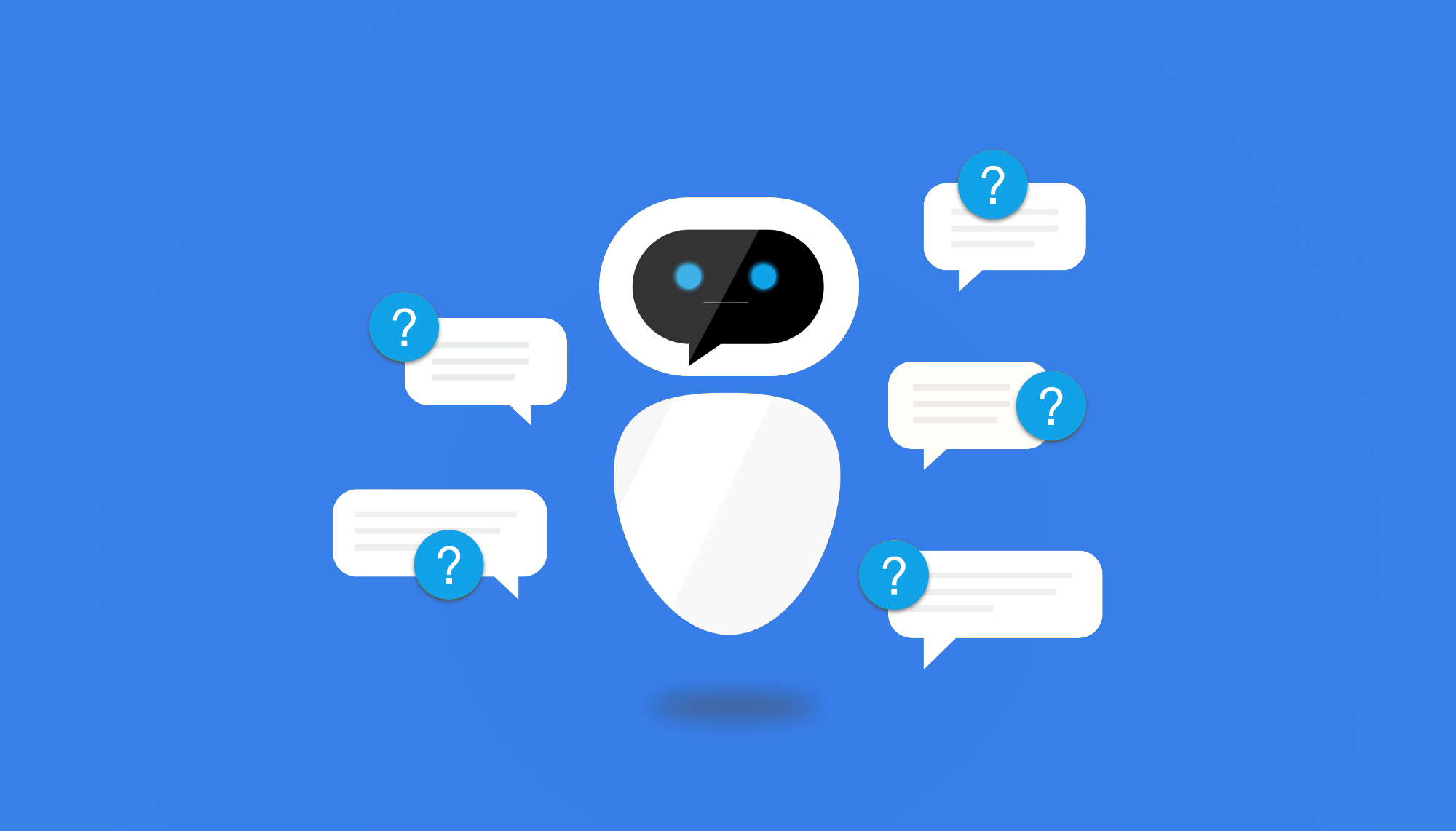
In the digital world, there are always technological updates every time to help humans in their work. To run a digital business, we can use many tools to assist our work. Also, we can improve the quality of company services.
For any company that offers services or goods, the essential thing in running its business is the buyer. As the saying goes, which says that the buyer is king. Therefore the seller must prioritize the buyer’s convenience through excellent and responsive service.
However, human capacity is limited in providing fast and maximum service simultaneously, especially if any questions or requests come in from buyers through the website or even social media that the seller must answer. You can try this latest solution that large companies have widely used, and the key is to use chatbot technology.
What is Chatbot?
Maybe you’ve used chatbot services in your daily life when using a website or social media like WhatsApp, but you didn’t realize it. Then, what is a chatbot? Where can we usually find chatbots?
Reporting from oracle.com, chatbots are computer programs that simulate and process human conversations (including written or spoken) that allow humans to interact with digital devices as they communicate with real people via messaging applications, websites, mobile apps, or the telephone.
The name chatbot is an abbreviation of chatterbot, which is artificial intelligence (AI). Besides being called a chatbot, this computer program is also known by several names such as virtual assistant, IM bot, talkbot, bot, interactive agent, or artificial conversation entity.
How Chatbots Work
Still comes from the same website, namely Oracle, where the explanation states that there are two types of chatbots, namely:
- Task-oriented (declarative) chatbots
Task-oriented chatbots are programs with a single purpose that only perform one function. They generate automated but conversational responses to user inquiries using rules, NLP, and very little ML.
Task-oriented chatbots can answer common questions, such as business hours or simple transactions that do not involve many variables.
Interactions with these chatbots are particular and structured. They are best suited to support and service functions—image full, interactive FAQs.
Though they use NLP to provide end-users with a conversational experience, their capabilities are pretty basic. These are the most popular chatbots right now.
2. Data-driven and predictive (conversational) chatbots
This type of chatbot is also known as a virtual or digital assistant. This is because this chatbot is far more sophisticated.
Furthermore, this type is more interactive and can be personalized better than task-oriented chatbots. Predictive intelligence and analytics have already been implemented, allowing personalization based on user profiles and behavior.
As a result, this type of Chatbot can learn user preferences, provide recommendations, and even anticipate user needs over time. Apple’s Siri and Amazon’s Alexa are examples of consumer-oriented, data-driven, predictive chatbots.
Chatbots in Digital Marketing
There are various types of tools that marketers can use in marketing their products. Artificial intelligence will become one of the technologies used in general and become the goal of almost every industry—including digital marketing.
Chatbots are one of the most interesting AI applications in the digital marketing world. Chatbots are excellent for managing the first steps of the marketing process, such as gathering contact information and information for a sales call, answering general customer service questions, and providing guidance on common technical issues.
People who work in the digital marketing field can use chatbots for:
- Obtaining preliminary information from leads.
- Scheduling
- Answering FAQs
- Greeting customers as soon as they arrive on your website.

